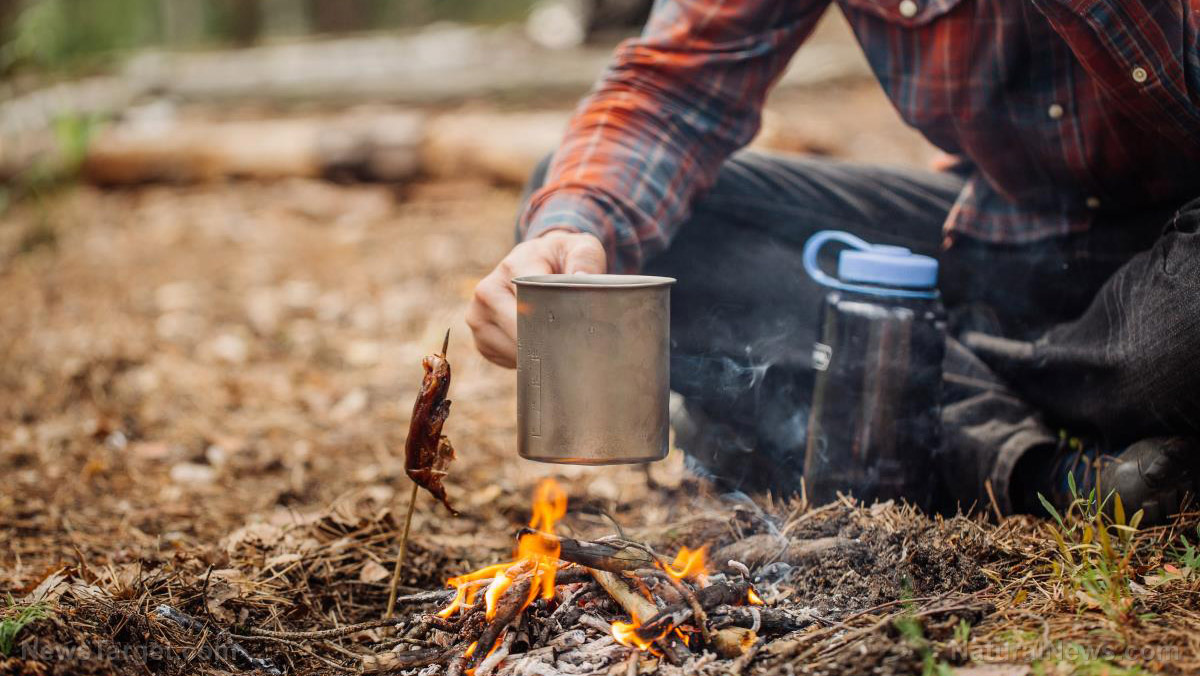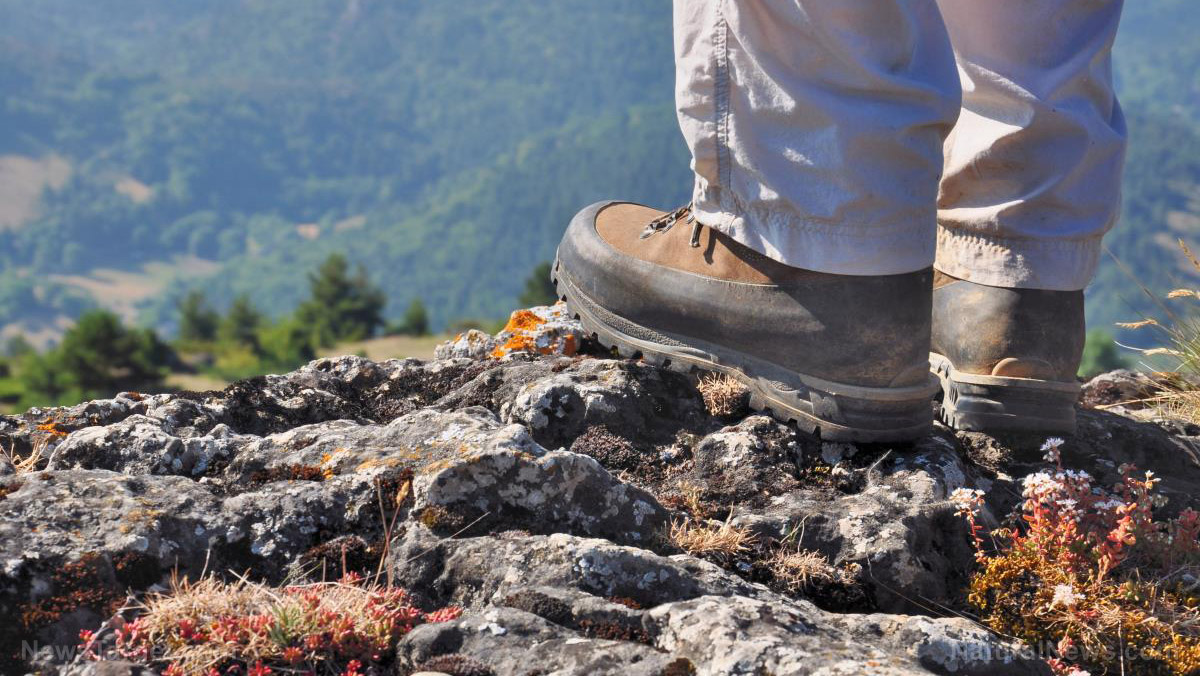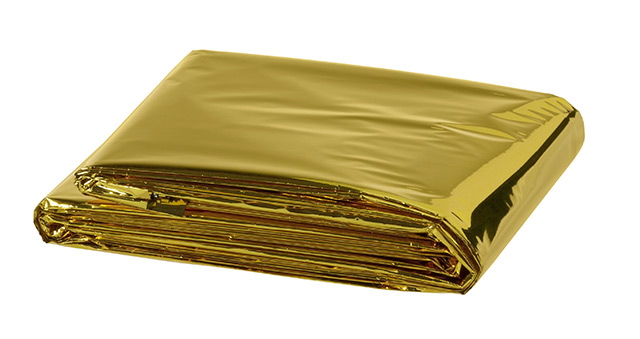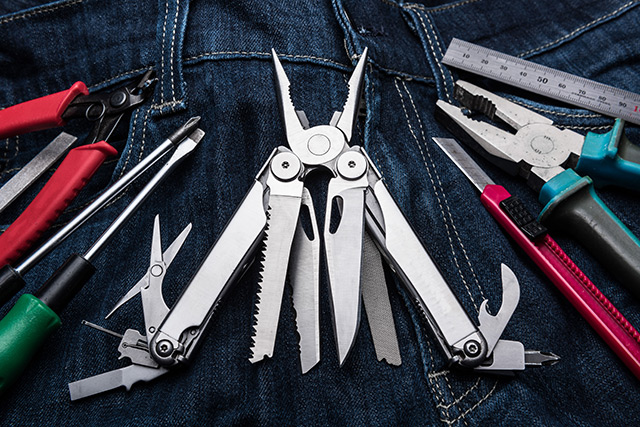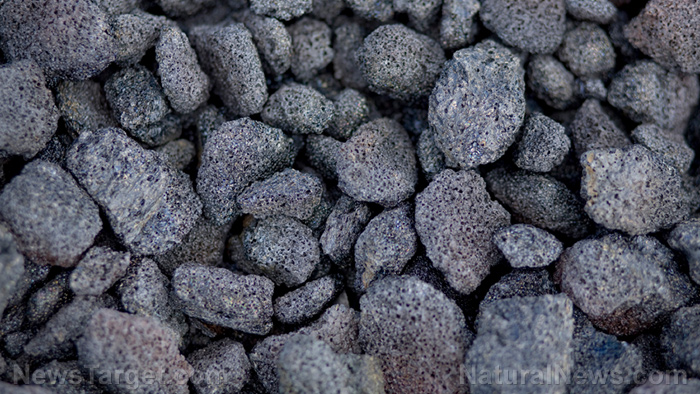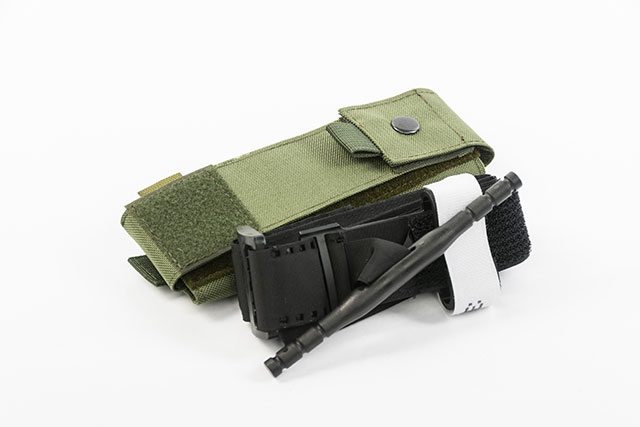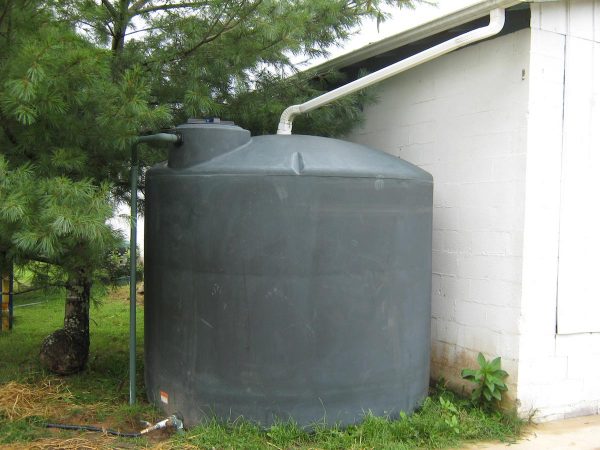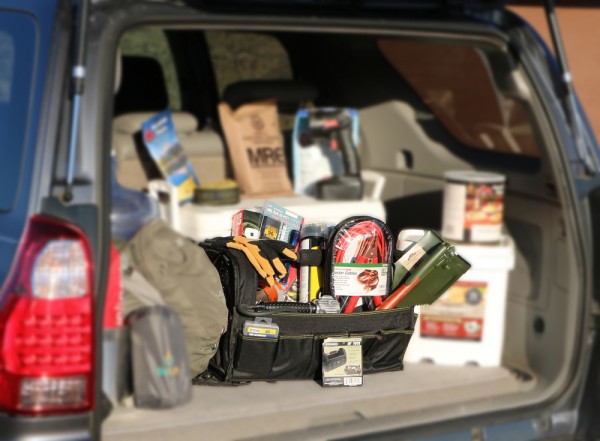07/01/2017 / By Jhoanna Robinson
The every day mantra of doomsday preppers is to store anything that they could possibly need should an emergency arise. Some might say that they’re going for overkill, but what preppers are doing actually make sense; resources, much like energy, should be conserved, lest we find ourselves one day running out of them.
Aside from storing things that they deem can be of future use, preppers repurpose items to save money. Here are some of the items that they stock-up on and repurpose. You might want to embark on the same endeavor – this will benefit not only you, but also the environment. (Related: Here’s why you should keep your shelter preparations up-to-date and bugout bag close)
- Old shoes and boots — A lot of people would not want to get caught dead wearing their old shoes, even if the shoes have no apparent damage. However, no one would care about fashion in the event of an apocalypse. Stocking up on footwear is like stocking up on currency during the apocalypse – you’d be a rich man by the end of all of this.
- Wire — You should think twice about throwing away any kind of wire. Conductive wire could be traded for electrical repair or for making a tin can directional WiFi antenna to facilitate communication even after the event of an electromagnetic pulse. Non-conductive wire, on the other hand, can be used to fasten items or put them in place. Store the wires that you’ve collected in a safe and dry spot to avoid getting electrocuted should a wire suddenly come live.
- Spare nuts, bolts, and screws — Other types of fasteners that you might save include bolts, screws, and spare nuts to go with the wire that you’re keeping in storage.
- Used candles — When electricity becomes a foreign concept, material sources of light would be invaluable. This is why it’s important that as early as today, you don’t get rid of any single candle that comes into your possession. For optimum saving purposes, you might want to gather pieces of candle wax from really short candles and put them all in one container so that they can become a new, bigger candle.
- Broken pencils — You might get confused as to what you would do with a broken pencil in the middle of an apocalyptic scenario; you certainly don’t need it to take notes in school. Maybe you would need it to stab an enemy in the eye? In any case, either end of the exposed graphite in the pencil can burst into flames when hooked up to a car battery and cable. Having broken pencils when you don’t have a lighter with you can be very convenient.
- Toilet paper rolls — Aiside from their obviously sanitary purposes, toilet paper can serve as tinder for burning. However, if you find yourself needing to use tissues for their intended purpose and none can be found at hand, you can use the leaves of maple, mullein, large leaved aster, cottonwood, hazelnut, thimbleberry, fuzzy lamb’s ear, or grape to clean or wipe yourself or something else.
- “Expired” honey — Raw honey doesn’t really get bad, so as long as your commercially-bought honey is stored in a dry and warm place, you can expect to be able to use it for a long time.
- Rusted tools — Keep your rusting tools, because during the apocalypse, the hardware store would likely be closed and ransacked. Clean the old ones that you have now and you might find yourself bartering them for something that you might really need later on.
- Dryer lint — Dryer lint is easy to collect, and it can serve as firewood.
- Plastic soda and water bottles — Plastic bottles can store a lot of things, but during the event of an apocalypse, you would need to use plastic bottles mostly for drinking water in. You might be on the move, and glass bottles or containers are heavy and not handy to bring along with you, so plastic bottles are essential.
- Old clothes — Some people treat clothes as if they’re disposable. Pieces of clothing or fabric are important during a survival situation, as you can repurpose them – aside from being something that you can wear, they can be used as blankets for warming, rags for cleaning, and even as cover for containers.
- Wood scraps — You might not need them now, but come crises, you might find wood scraps a valuable resource, especially when you need to light a fire.
- Cord, string, and rope pieces — These pieces of items are always good to have during an emergency situation. You never know when you would need to sew clothing (or a wound), or when you would need to bind something.
- Broken crayons — Crayons, like candles, are made of wax, so the next time that your child breaks a crayon, keep it. This broken piece can be another ingredient for your homemade wax.
- Zip ties — Zip ties, while virtually taking up no space, have lots of uses. They can be used to fasten different items – from containers to bags to jackets.
- Coffee grounds — Unused coffee grounds can be used as compost for the garden, so spilled coffee beans should not go to the trash, but instead to a container for storage.
- Vegetable scraps — While we are not saying that you shouldn’t be picky with the quality of the food that you eat, you may not want to throw away vegetables just because you don’t like how they look. You may want to use them for compost or as feed for your livestock (if you have any).
- Hair clippings — Your compost pile can benefit from hair that you’ve cut or shaved off and which you were going to throw away.
- Soap chips — Little pieces of soap that are remnants of your soap’s former glory shouldn’t be thrown away. Instead, try to compress each piece of leftover soap to create a new one.
- Broken rubber bands — Repair rubber bands that you thought were forever broken by tying the two ends together, and find yourself in possession of another type of item fastener.
- Metal breath mint containers — Small containers like this are perfect for homemade ointments, balms, and salves. Toothpicks and cotton buds can also be placed inside them.
- Plastic milk jugs — Why buy pots from the supermarket or grocery store when you can put your plants inside your used milk jug? This is an ideal way to start a garden until such time that you can transfer your plants in a stationary lot.
- Paper clips — Paper clips are often overlooked, as they are so abundant in this world. However, storing them can actually prove to be a useful habit, as fastening things can be extra easy with their help.
Find more stories such as this one at greenlivingnews.com.
Sources include:
AskAPrepper.com 1
AskAPrepper.com 2
Receive Our Free Email Newsletter
Get independent news alerts on natural cures, food lab tests, cannabis medicine, science, robotics, drones, privacy and more.














